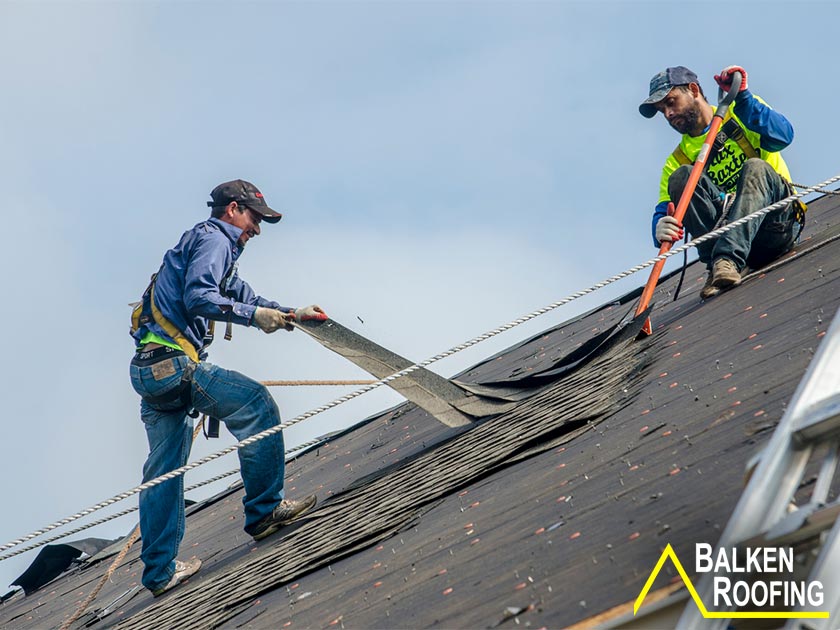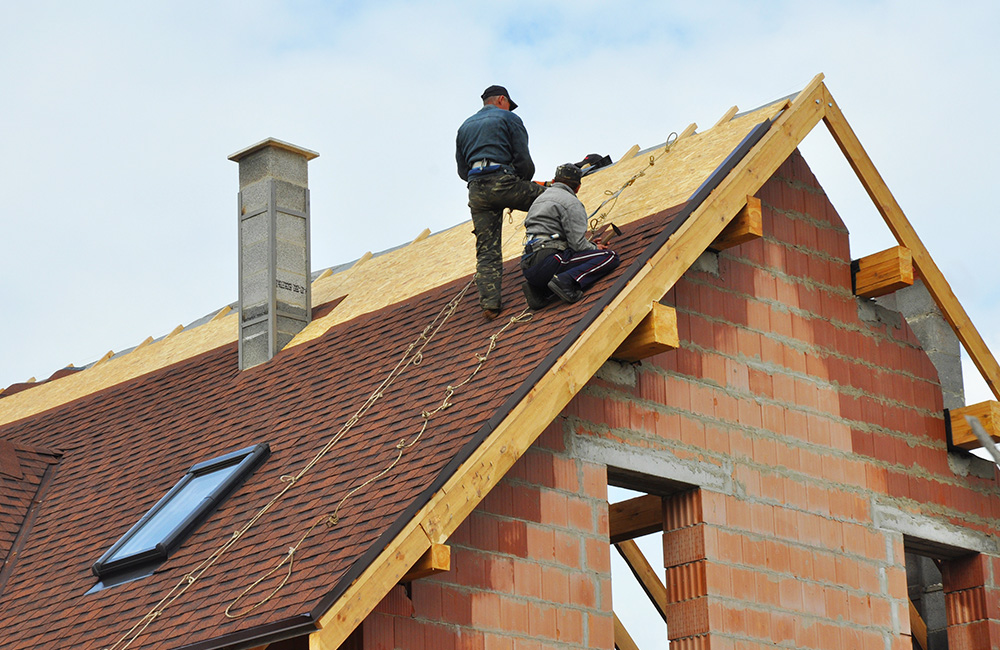Oahu Roofing: Reputable Roofing Solutions for Houses and Businesses
Oahu Roofing: Reputable Roofing Solutions for Houses and Businesses
Blog Article
Checking Out the Different Kinds of Roofing Systems: Which One Is Best for Your Home?
When considering the myriad sorts of roofing systems readily available, it is critical to review how each choice straightens with your home's special demands, consisting of environment conditions, visual preferences, and structural performance. From the traditional gable roof that effectively networks rain to the modern flat roofing offering metropolitan adaptability, each style presents distinctive benefits and challenges. In addition, the selection may significantly impact lasting maintenance and power performance. As you consider the very best fit for your residence, it is necessary to weigh these aspects carefully, especially as some choices may stun you with their possible benefits.
Gable Roofs
Saddleback roofs, characterized by their triangular shape and sloping sides, are a prominent selection among home owners looking for both visual appeal and functionality. This roof style effectively enables efficient water runoff, minimizing the danger of water pooling and subsequent damage. Furthermore, the steep inclines create adequate attic room room, which can be used for storage space or perhaps exchanged living areas.
One of the main benefits of saddleback roofs is their capacity to stand up to harsh weather condition conditions. The style assists in minimizing wind resistance, making them especially ideal for areas vulnerable to storms. Moreover, saddleback roofs can be built utilizing a selection of products, including shingles, tiles, and metal, supplying home owners with versatility in style and budget plan.
From a building perspective, saddleback roofs can enhance the aesthetic allure of a home, providing a traditional and timeless appearance. They can enhance numerous building styles, from traditional to contemporary designs. However, it is essential to take into consideration potential drawbacks, such as the vulnerability to snow build-up in colder environments. On the whole, saddleback roofs continue to be a favored option as a result of their equilibrium of usefulness and design, appealing to a large variety of house owners.
Flat Roofs
While frequently neglected for more traditional roof covering styles, level roof coverings offer special benefits that accommodate details architectural requirements and modern-day layout preferences. These roofings are identified by their minimal pitch, permitting reliable use room, especially in city atmospheres where taking full advantage of square video footage is vital.
One significant benefit of level roof coverings is their convenience. They can be utilized as added home, such as rooftop yards, patio areas, or solar panel installations, enhancing the functionality of a home. Additionally, flat roofings are commonly easier and much safer to navigate during maintenance, assisting in repair services and inspections without the challenges positioned by high inclines.
Level roofing systems can likewise be extra economical in regards to products and installment. With a less complex style, they commonly need fewer resources, converting right into reduced labor expenses. Nonetheless, it's crucial to think about drain and waterproofing, as flat roofs can be susceptible to pooling water if not effectively designed.

Hip Roof Coverings
Hip roofings stick out for their classy style and architectural honesty, making them a popular choice amongst property owners. Defined by slopes on all four sides, hip roofing systems provide a healthy visual that complements different building styles - roof repair oahu. The balanced nature of these roof coverings aids to distribute weight equally, boosting stability and durability
Among the like this key advantages of hip roof coverings is their capacity to hold up against harsh weather conditions. The sloped surface areas promote effective water drainage and snow drainage, minimizing the risk of leaks and architectural damages. Additionally, the design minimizes wind resistance, making hip roofings less vulnerable to wind uplift contrasted to various other roofing kinds.


Dropped Roof Coverings
Lost roofing systems, in contrast to the intricacy of hip roofing systems, provide a structured and minimalist style that attract modern-day aesthetic appeals. Characterized by a single sloping surface, lost roofing systems are frequently used in modern style, yard sheds, and various other useful frameworks. This simplicity not only improves aesthetic appeal but likewise allows for efficient water overflow, making them appropriate for different climates.
Among the key advantages of shed roof coverings is their cost-effectiveness. With less materials called for and a straightforward setup process, homeowners can save both time and money. The style also permits the unification of big windows or skylights, advertising natural light and producing large interiors.
Nonetheless, it is necessary to think about the prospective downsides, including limited insulation alternatives and the need for cautious layout to avoid excessive warm build-up. Read Full Report In addition, dropped roofs might not mix flawlessly with typical design, which can be a worry for some property owners.
Ultimately, lost roof coverings provide a useful and trendy roof covering solution for those seeking modernity and performance. When picking a roof kind, assessing individual useful demands and aesthetic preferences will direct house owners to the most effective option for their special needs.
Mansard Roof Coverings
Mansard roofings, characterized by their distinct four-sided style, are a hallmark of French style that combines beauty with functionality. This architectural design features two inclines on each side, with the lower incline being steeper than the upper one. The special setup permits for additional living room in the upper levels, making it an excellent selection for property owners looking for to make best use of functional location without expanding the structure's footprint.
Among the substantial benefits of a mansard roof covering is its flexibility. It can be adapted to various building styles, from traditional to contemporary, enhancing the visual charm of any type of home. Additionally, the ample room created under the roofing can quickly fit dormer home windows, which permit all-natural light and ventilation, additional boosting the comfort of the living location.
Nonetheless, possible homeowners need to take into consideration the upkeep demands connected with mansard roofings. Setup Read More Here expenses might be higher compared to easier roof styles due to the intricacy of construction.
Conclusion
Each roof covering style provides distinct advantages, such as the performance of gable roofings, the contemporary allure of shed roofs, and the security of hip roofs. Level roofings offer practicality for city environments, while mansard roofing systems provide added living area despite greater installment prices.
From the timeless gable roof that successfully channels rainwater to the modern level roof covering offering urban flexibility, each design provides distinctive benefits and difficulties (roof repair oahu). In addition, the style reduces wind resistance, making hip roof coverings much less prone to wind uplift compared to various other roofing kinds
Lost roofings, in comparison to the intricacy of hip roofs, offer a streamlined and minimal design that allures to modern-day aesthetic appeals. Each roofing style offers distinct advantages, such as the effectiveness of gable roof coverings, the modern appeal of shed roofs, and the security of hip roofing systems. Level roofings use functionality for urban settings, while mansard roofing systems give additional living space despite higher installment costs.
Report this page